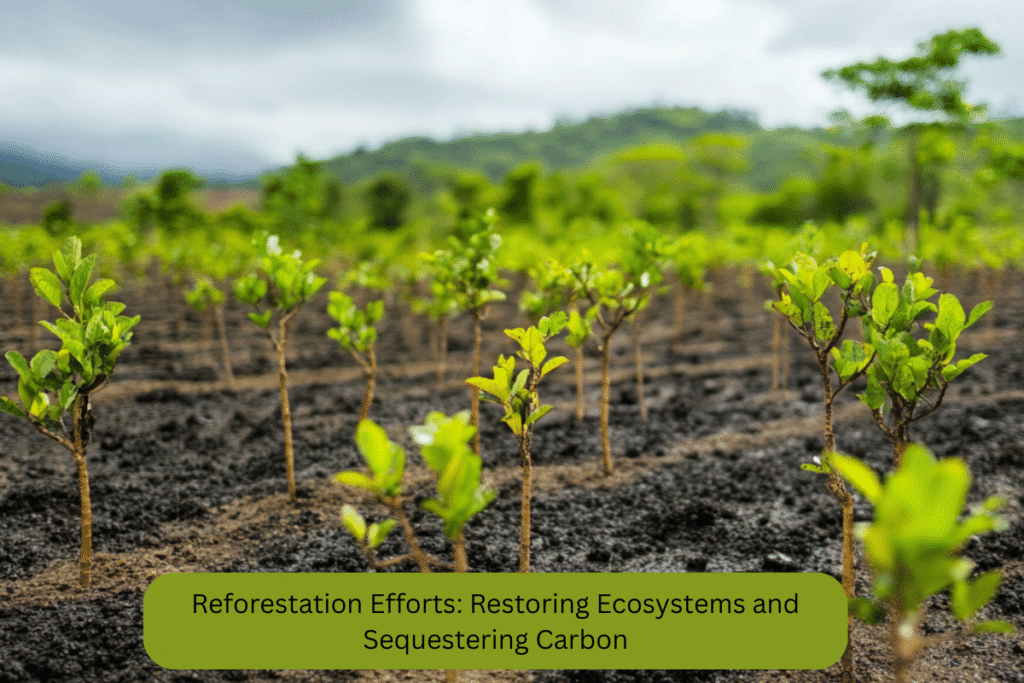
Reforestation is one of the most effective ways to fight climate change. By planting trees and restoring forests, we can capture carbon dioxide from the atmosphere and rebuild vital ecosystems. This article highlights the importance of reforestation and the latest efforts being made globally to restore forests and sequester carbon.
The Role of Reforestation:
- Carbon Sequestration: Forests act as natural carbon sinks, capturing large amounts of CO2 and helping mitigate climate change.
- Biodiversity Restoration: Reforestation helps restore habitats for wildlife, improving ecosystem health and biodiversity.
- Water Cycle Regulation: Healthy forests maintain watersheds, reduce soil erosion, and improve water quality.
FAQs:
1. How does reforestation help with climate change?
Reforestation helps capture carbon dioxide and restore biodiversity, acting as a natural solution to mitigate climate change.
2. What are the benefits of reforestation besides carbon sequestration?
In addition to carbon sequestration, reforestation provides habitat restoration, improves water management, and enhances soil health.
3. Are there large-scale reforestation projects?
Yes, initiatives like the Great Green Wall in Africa and the Amazon reforestation efforts are leading global efforts to restore large areas of forests.
4. How does reforestation affect local communities?
Reforestation provides economic benefits by creating green jobs, improving agriculture, and providing access to forest resources.
5. Can reforestation reverse climate change?
While reforestation alone cannot reverse climate change, it is a vital tool in the broader strategy to reduce emissions and restore ecosystems.
